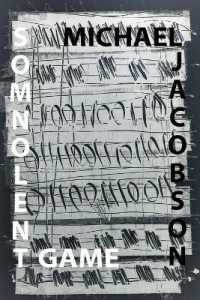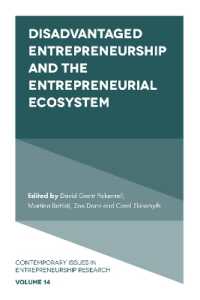Full Description
"Intertextuality" is the overarching idea that all texts and conversations are linked to other texts and conversations, and that people create and infer meanings in discourse through making and interpreting these links. Intertextuality is fundamentally connected to metadiscourse; when a person draws on or references one text or conversation in another (intertextuality), they necessarily communicate something about that text or conversation (metadiscourse). While scholars have long recognized the interrelatedness of these two theoretical concepts, existing studies have tended to focus on one or the other, leaving underexplored the specific ways in which these phenomena are intertwined at the micro-interactional level, especially online, and for what purposes.
This interactional sociolinguistic study contributes to filling this gap by demonstrating how specific intertextual linking strategies, both linguistic (e.g., word repetition, deictic pronouns) and multimodal (e.g., emojis, symbols, and GIFs), are mobilized by posters participating in online weight loss discussion boards. These strategies serve as a resource to accomplish the metadiscursive activities, targeted at various levels of discourse, through which participants construct shared understandings, negotiate the group's interactional norms, and facilitate engagement in the group's primary shared activity: exchanging information about, and providing support for, weight loss, healthful eating, and related issues. By rigorously applying the perspective of metadiscourse in a study of intertextuality, Intertextuality 2.0 offers important new insights into why intertextuality occurs and what it accomplishes: it helps people manage the challenges of communication.
Contents
Chapter 1: Introduction: Intertextuality and metadiscourse online
Chapter 2: "Most 'evidence' that people post has nothing to do with 'clean' eating": Negotiating word meanings and appropriate thread participation
Chapter 3: "I fixed it for you": Intertextuality and metadiscourse in a digital trope
Chapter 4: "I wanted to offer a brief explanation for the locking of this thread": A moderator's use of GIFs and text to cut off communication
Chapter 5: "I would suggest you tell this to your doctor": Online collaborative problem-solving about offline doctor-patient communication
Chapter 6: "He's got a right to be upset if your phone is in your face when he's trying to spend time with you": Cultural discourses and Master Narratives about digital communication technologies and interpersonal communication and relationships
Chapter 7: Conclusion: Intertextuality and metadiscourse
References








